Through a combination of a dramatic natural landscape, a traditional architectural heritage and a monarch’s vision for consultative governance, the landscape for the new parliament house of Oman has emerged. Today it stands as a symbol of national pride and culture.
The Majlis Oman
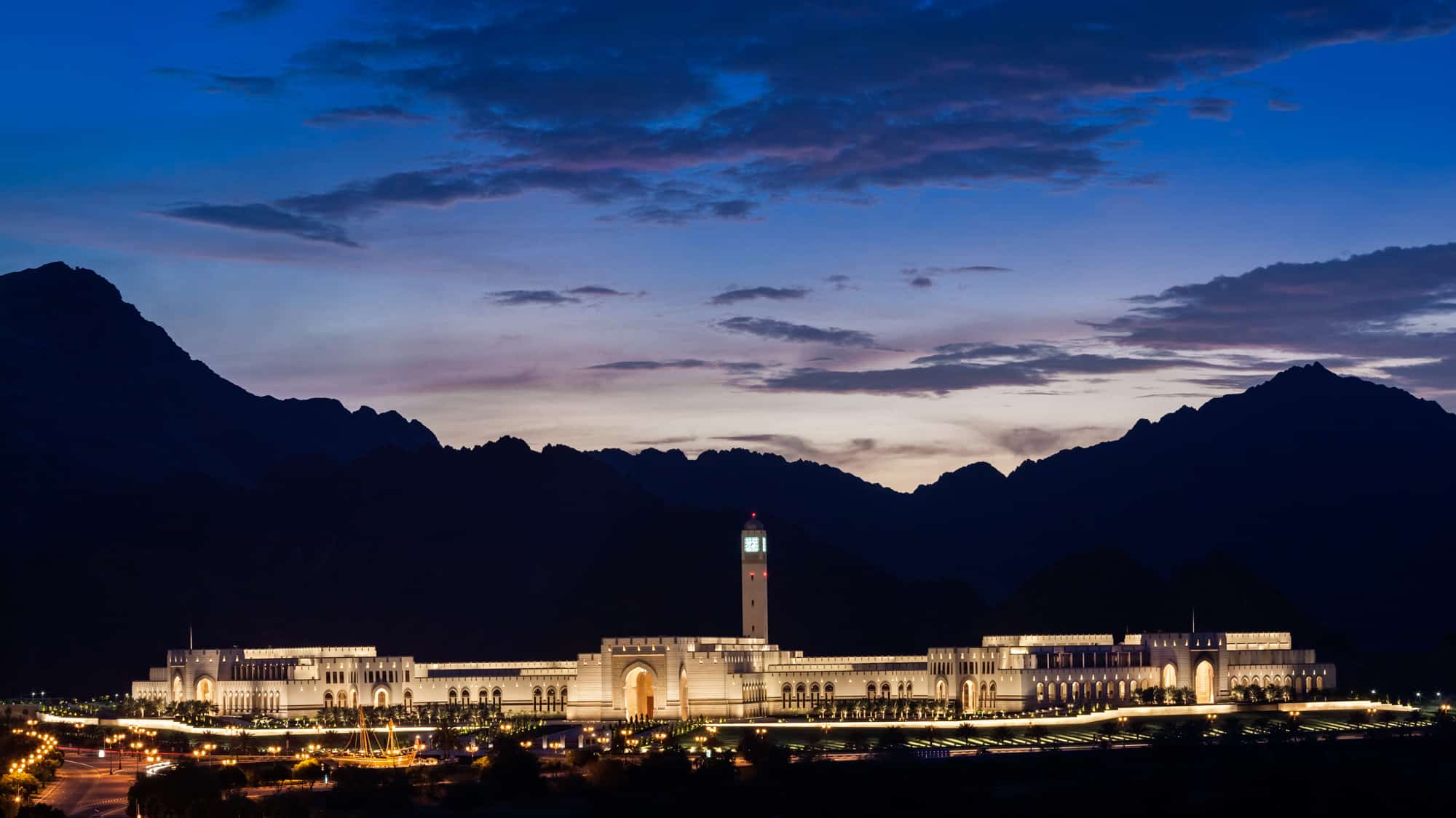
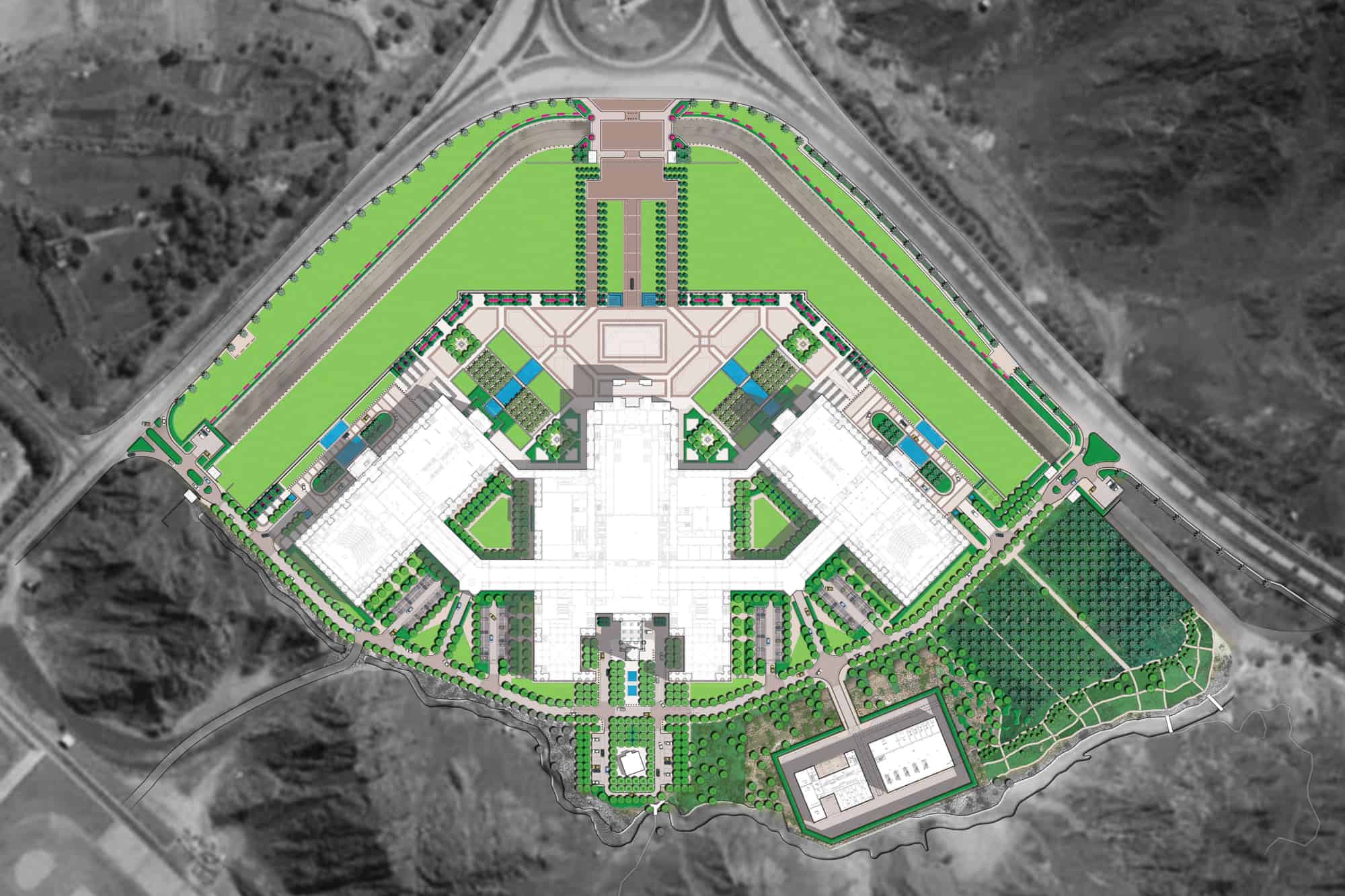
The dramatic site reflects the landscape character of Muscat, whose name means “place of falling” in Arabic. In this place where mountains meet the sea, rugged oxide-brown mountains contrast in texture and colour with the deep blue waters of the Gulf of Oman.
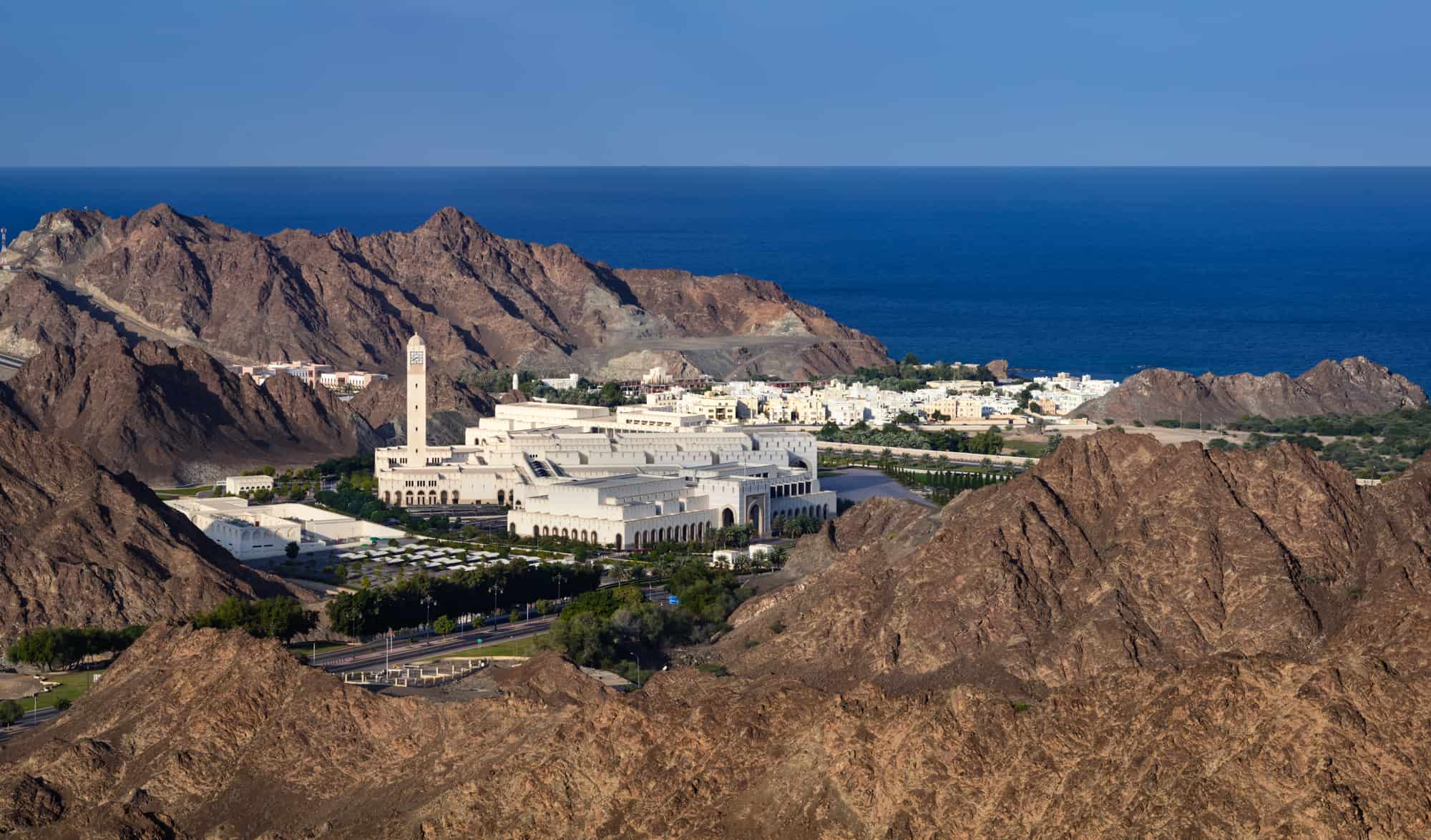
The Omani people are proud of their long and distinctive architectural heritage. It’s a heritage the design of the new parliament buildings and landscape draws on too. Its monumental scale further affirms this as a place of national importance.
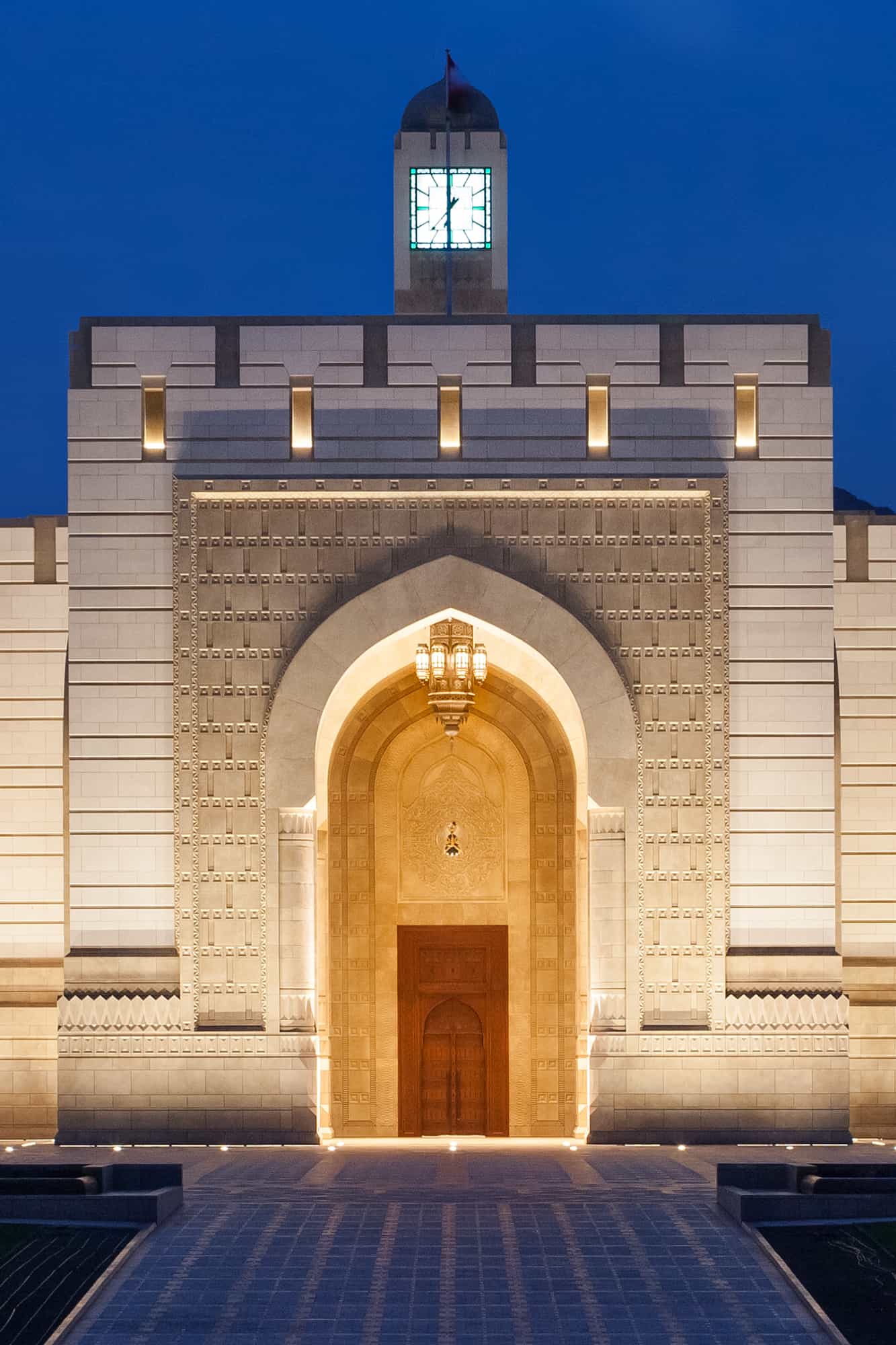
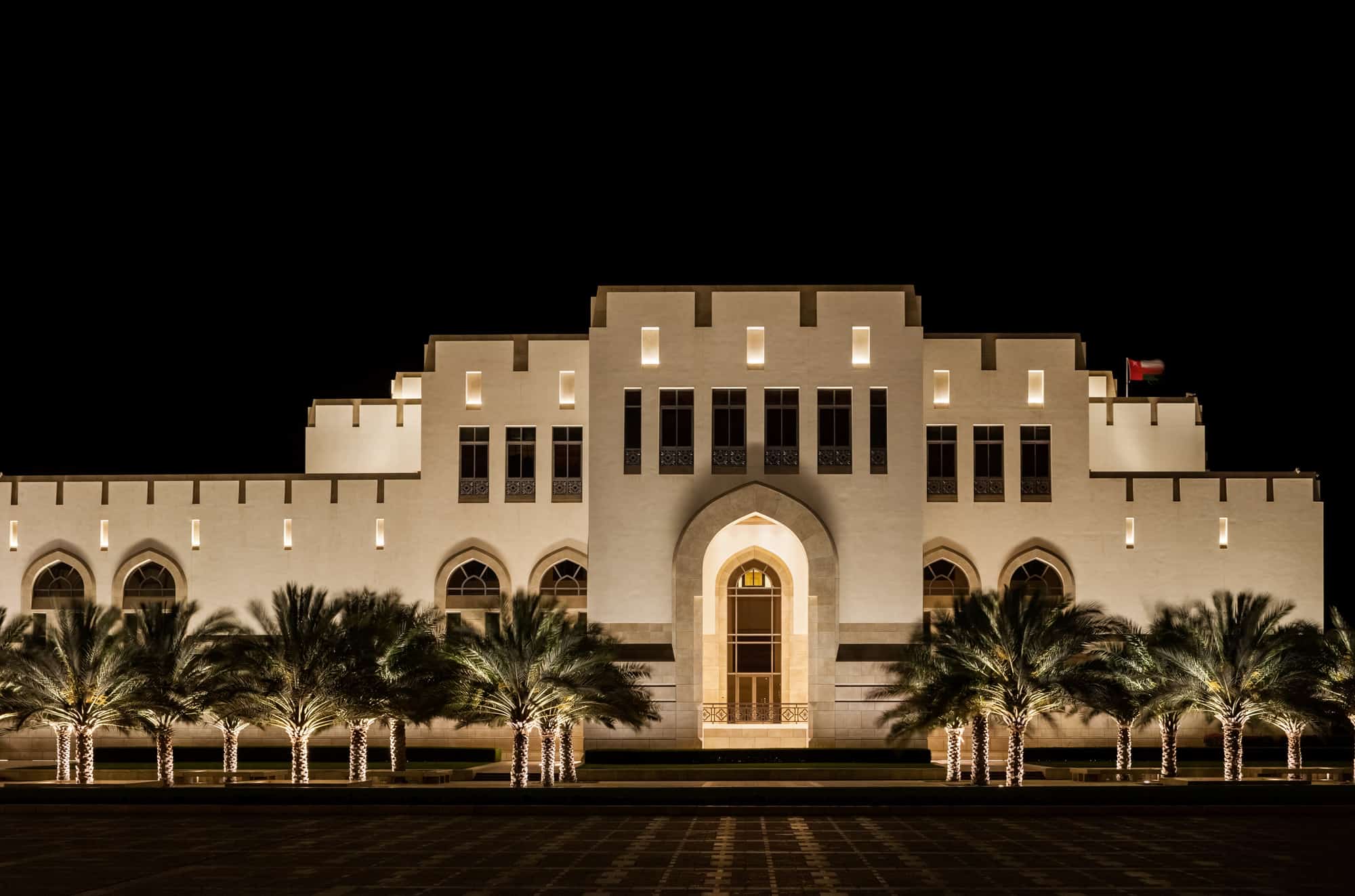
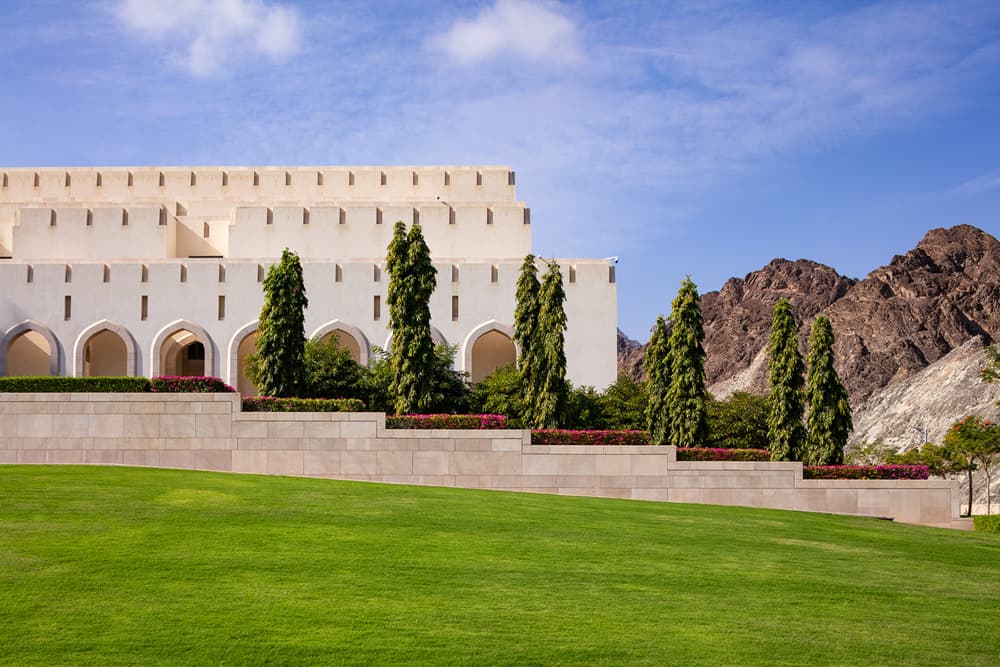
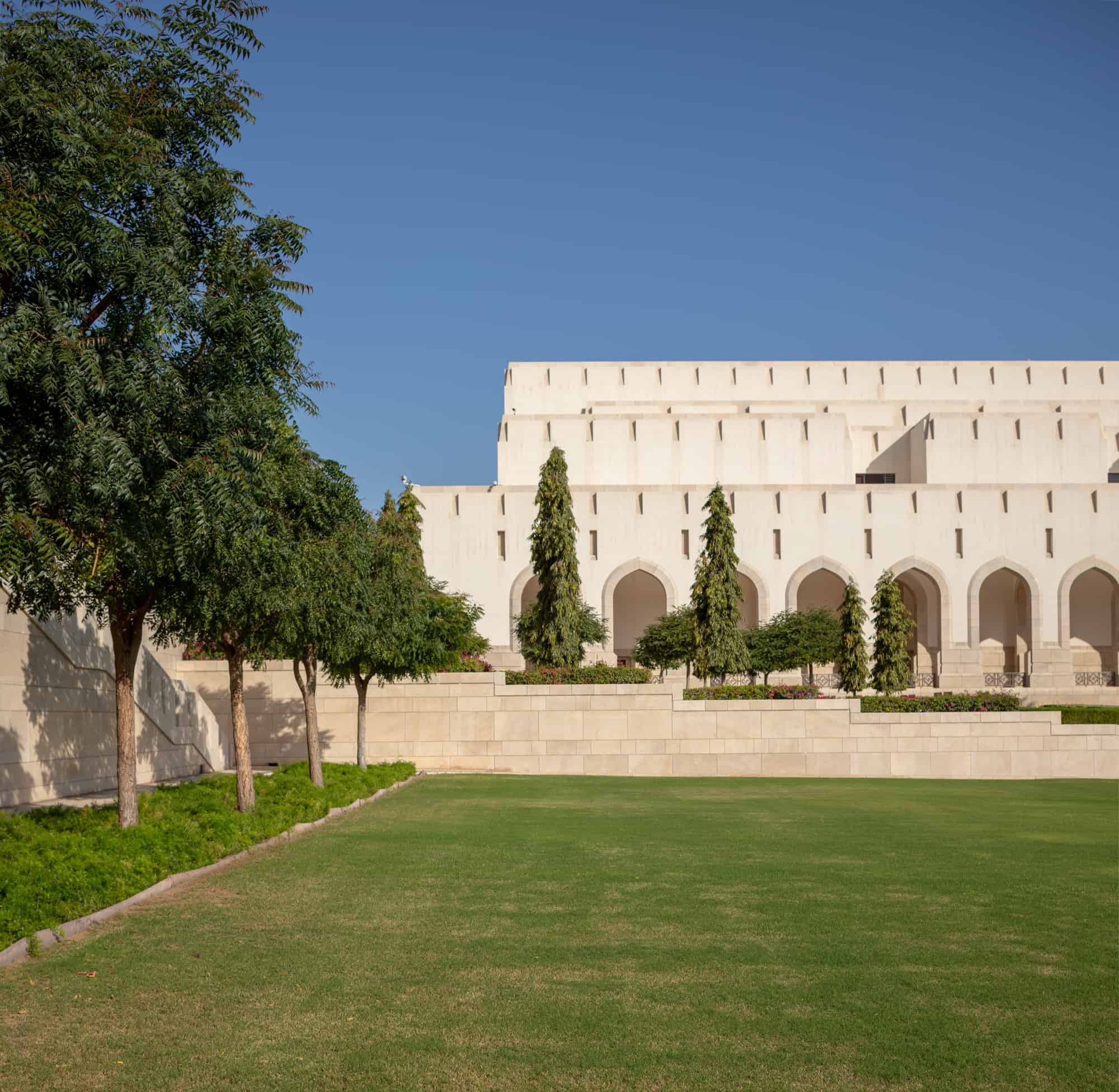
The landscape design began by addressing scale and proportion in the context of the building itself and the surrounding landscape.
To do so, the team had to think through some challenging questions. First was the issue of how to manage a 400m-long building across a site falling 12m. Second, what approach to design could create elegant landscape foregrounds that enhance views of the great halls?
One answer came with the lawns (irrigated with recycled water) around the building, which tilt and twist to create differences in levels. The subtle sculpting of the surface gives the impression of one contiguous surface around the perimeter of the building.
The lawns have symbolic meaning too. Just as people throughout history have built manicured landscapes to symbolise order, these lawns represent the order of central governance.
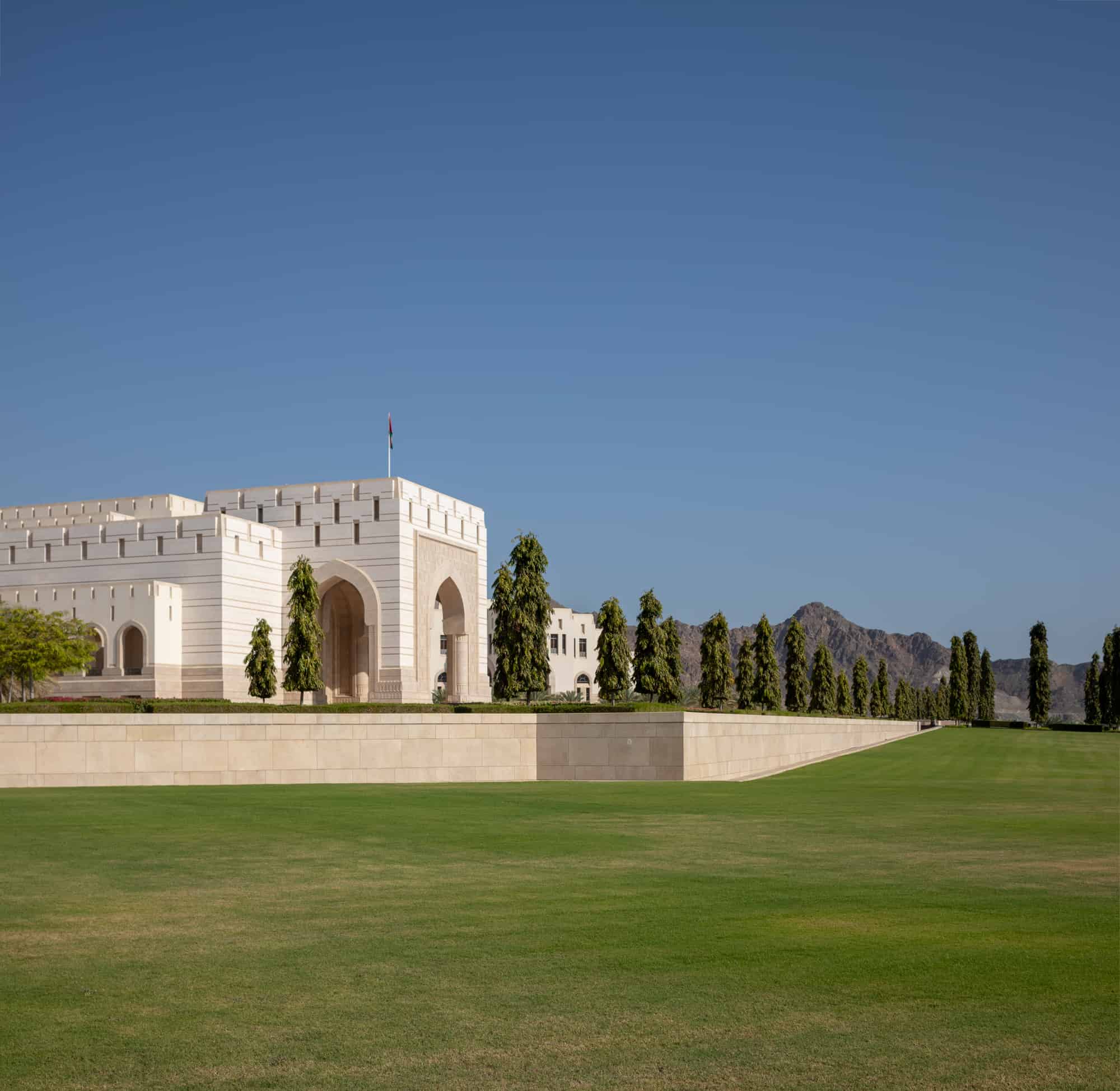
“Beauty should be appreciated from a distance and up close.”
Indeed, closer in, detailing in stone and the play of light and shade reveal increasing richness in fine geometric pattern. The stone façades, detailed by architects from the Royal Court, are a rare and exceptional example of traditional stone craftsmanship set in a contemporary context. Landscape elements such as paving, walls and steps display the same approach.
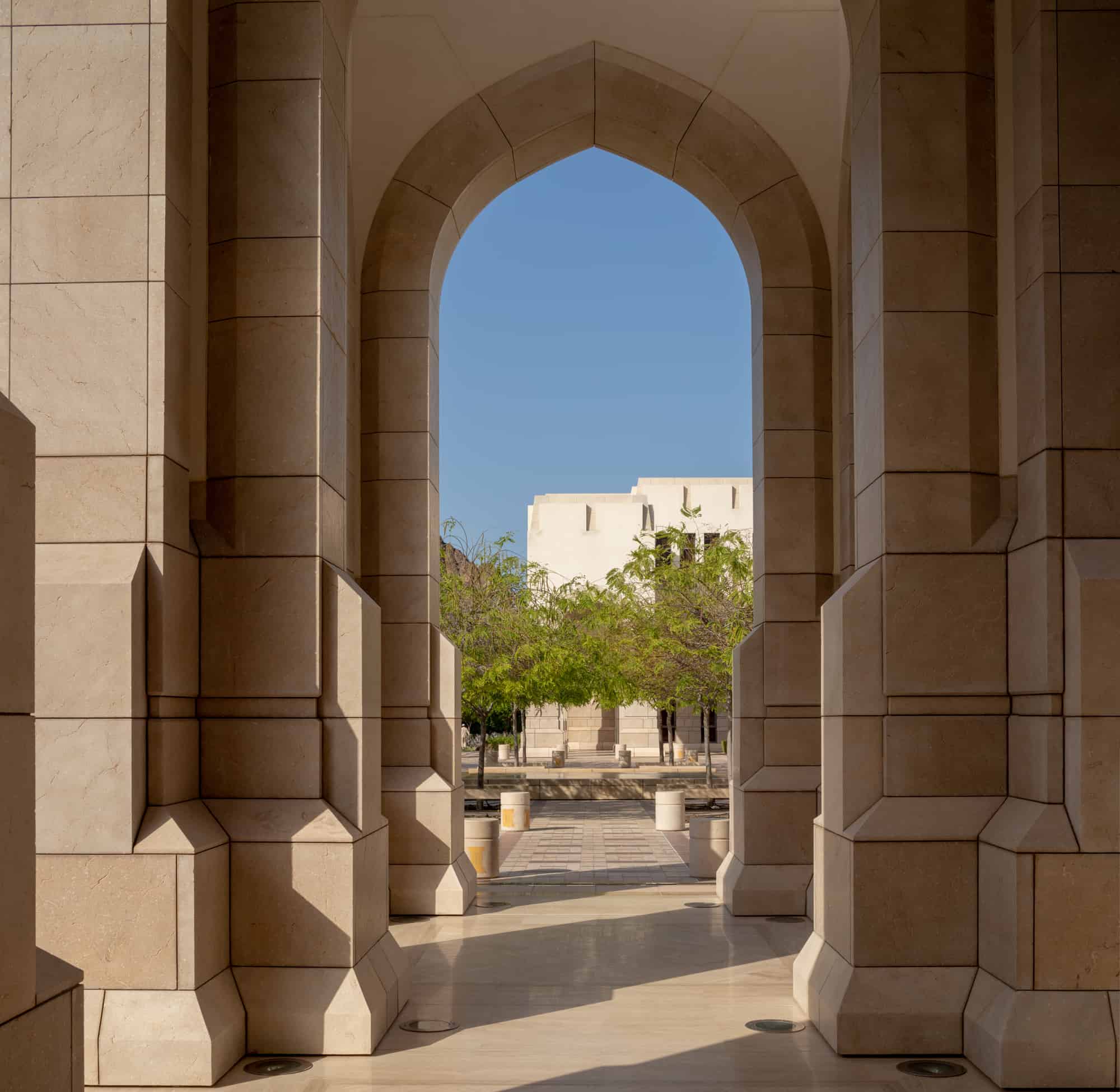
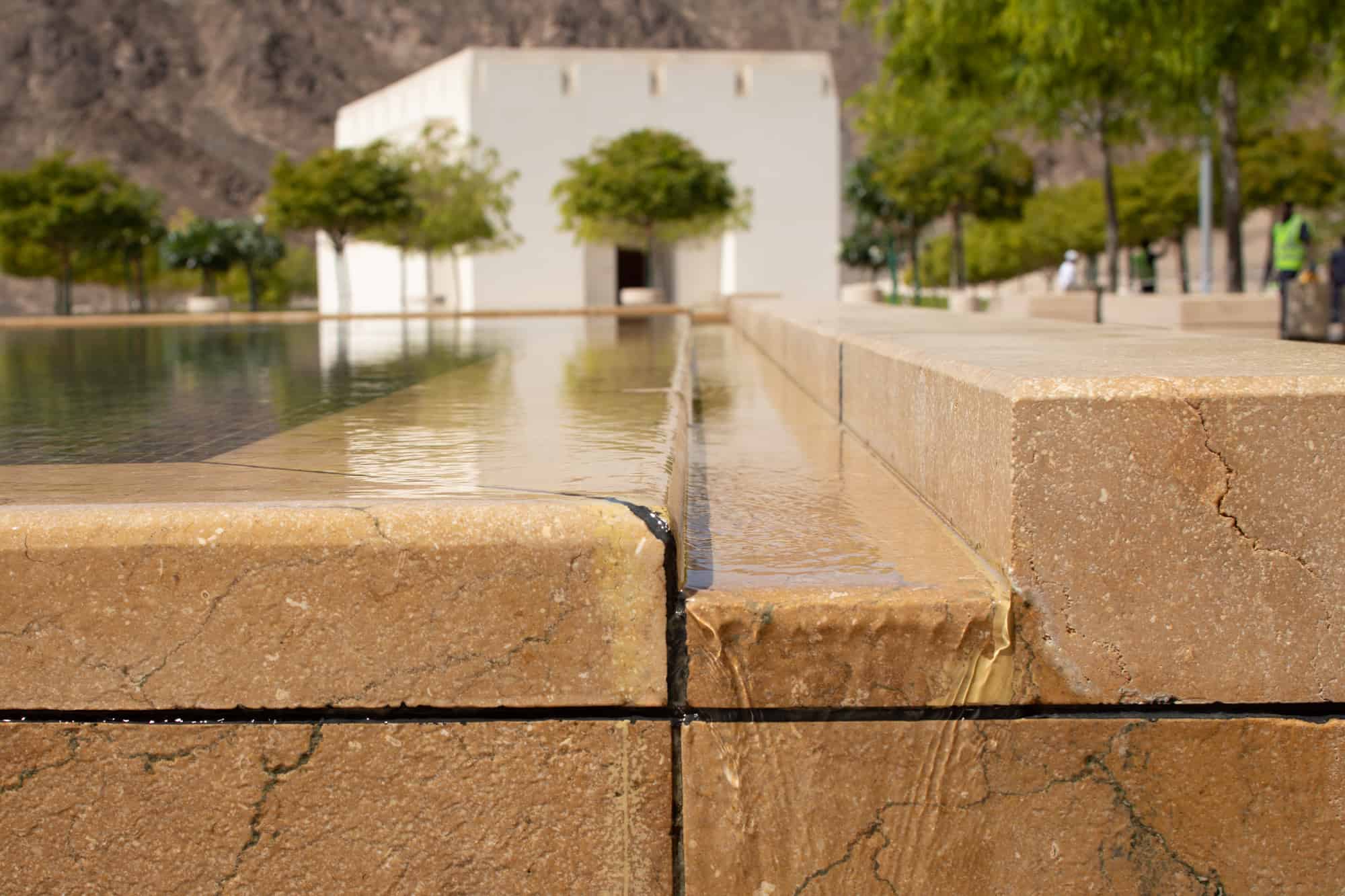
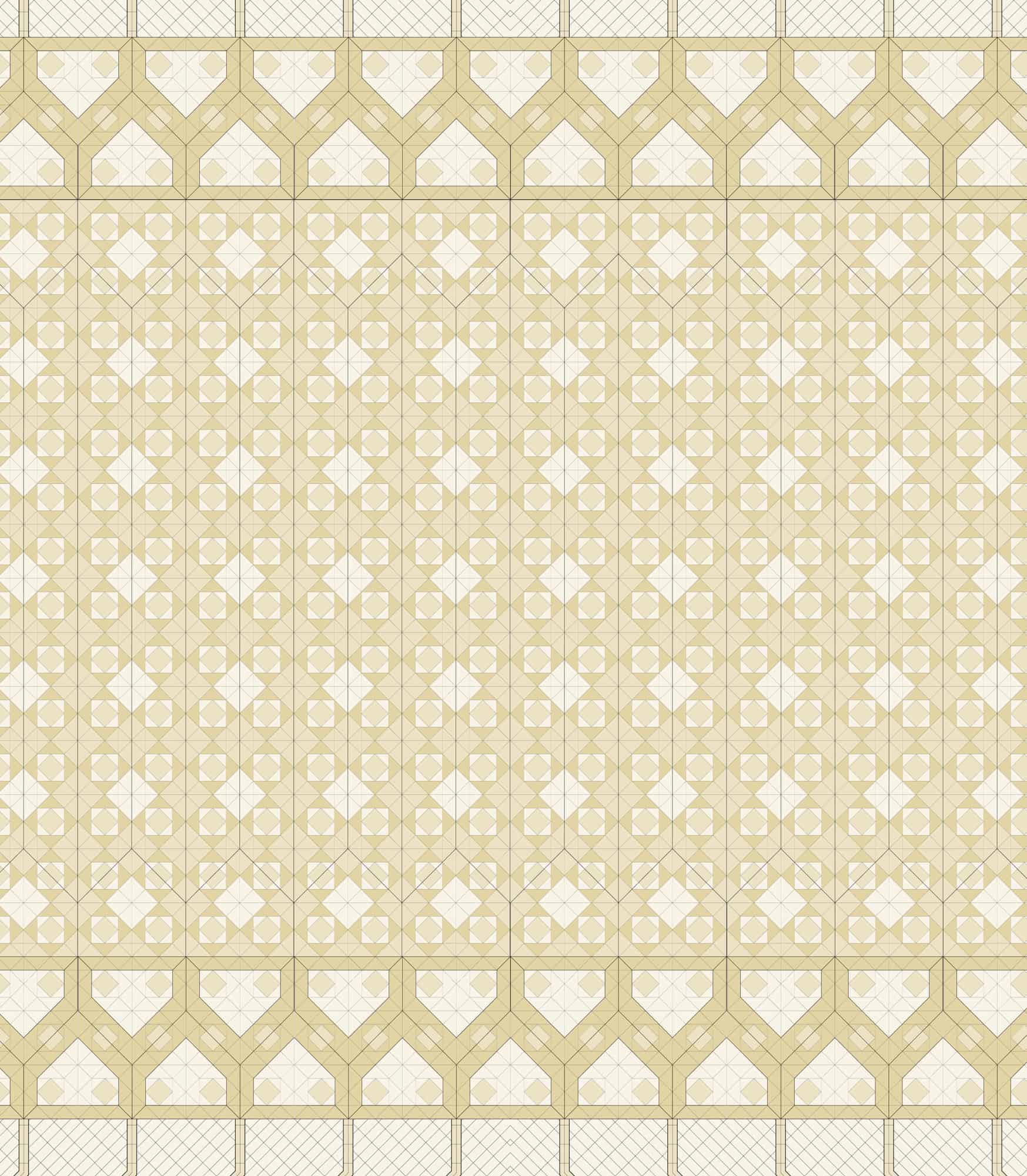
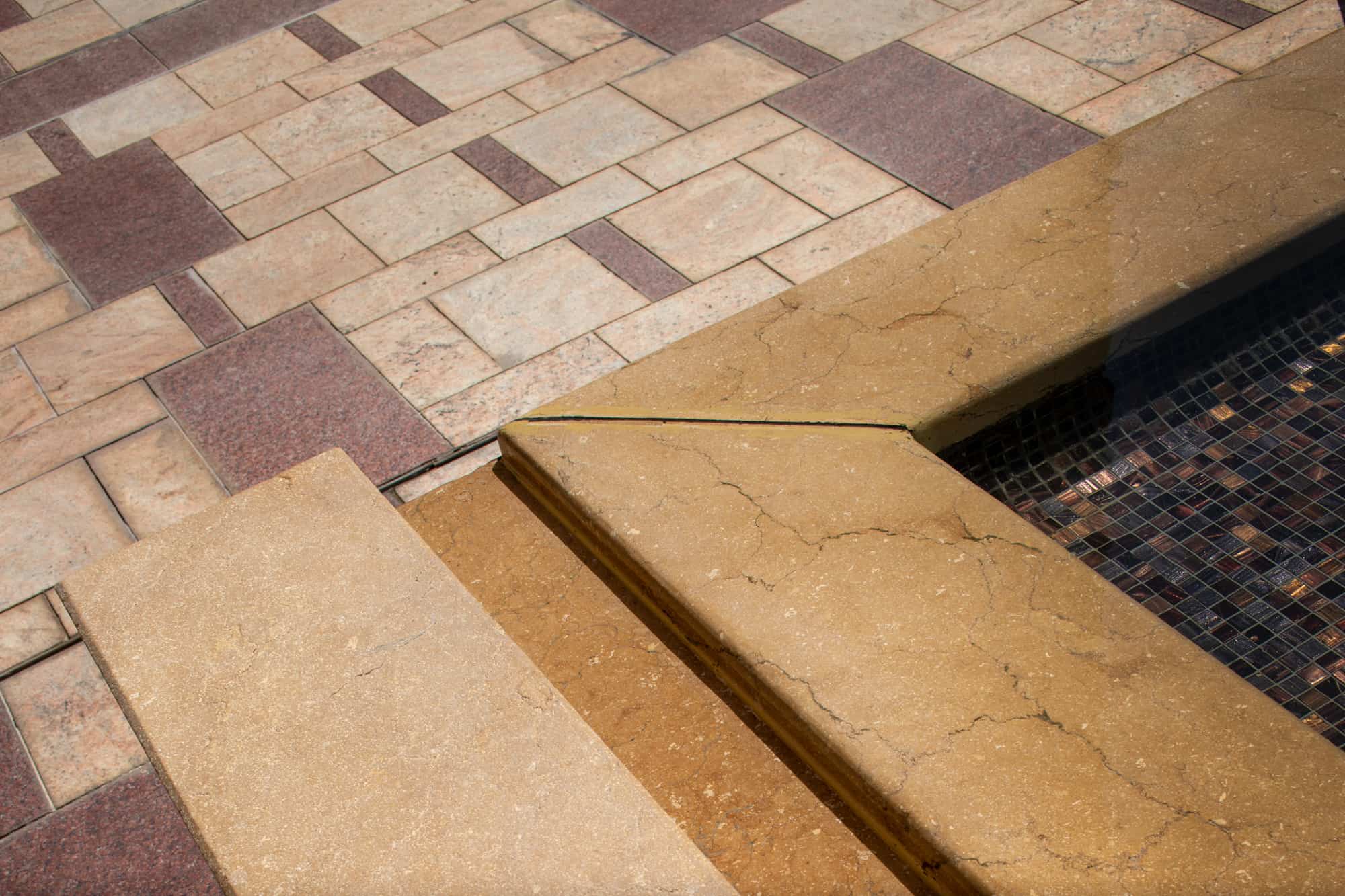
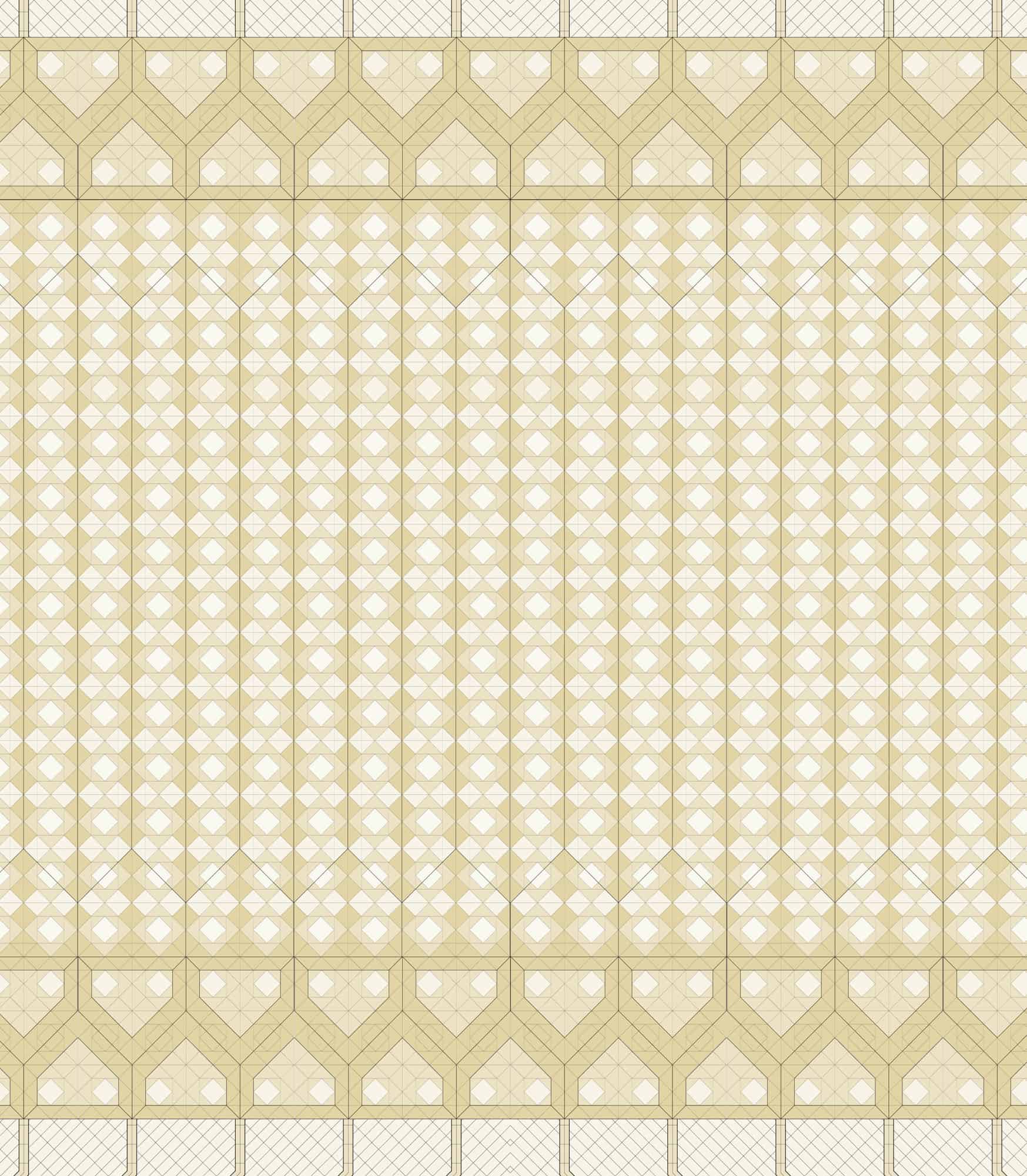
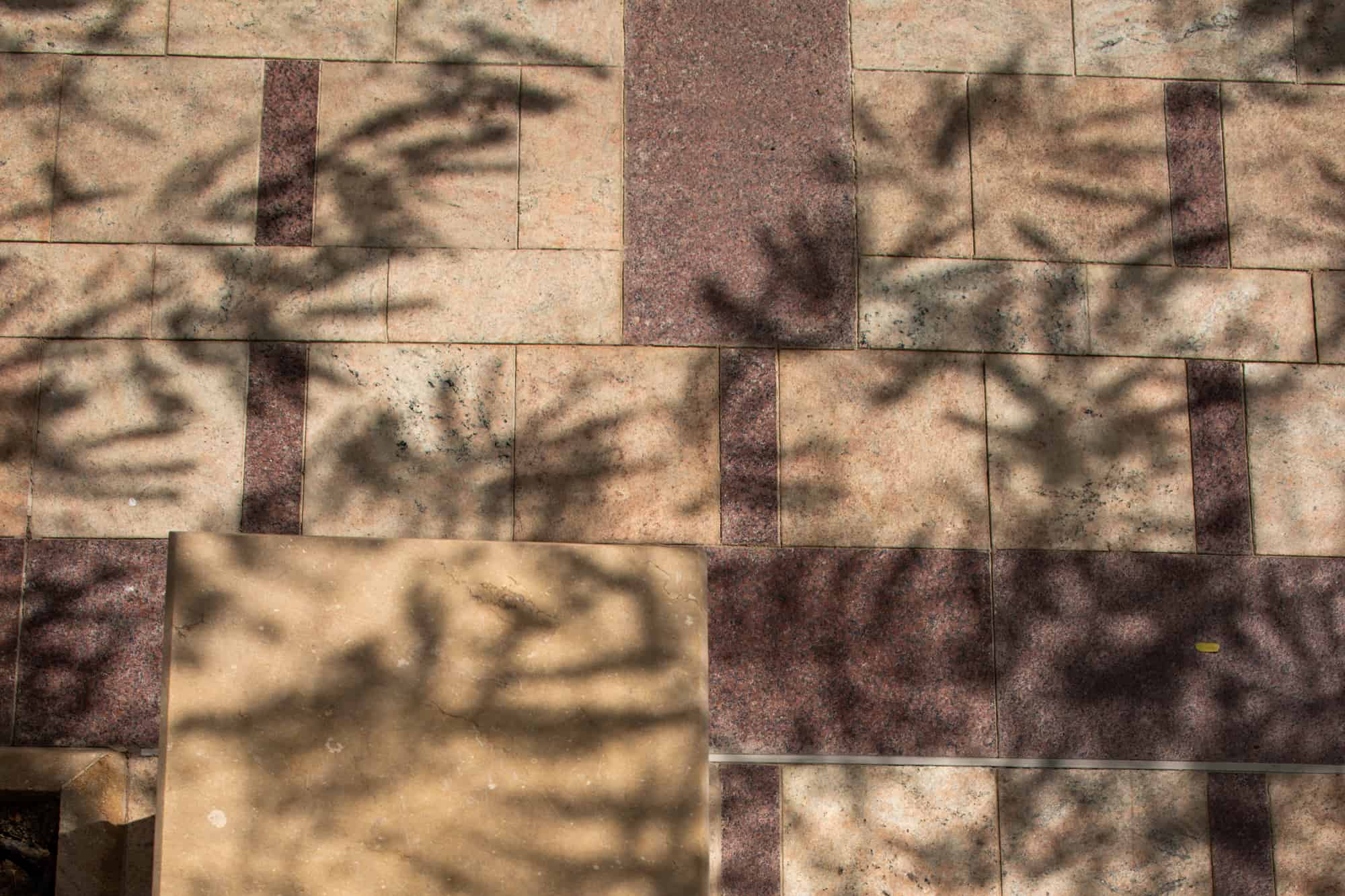
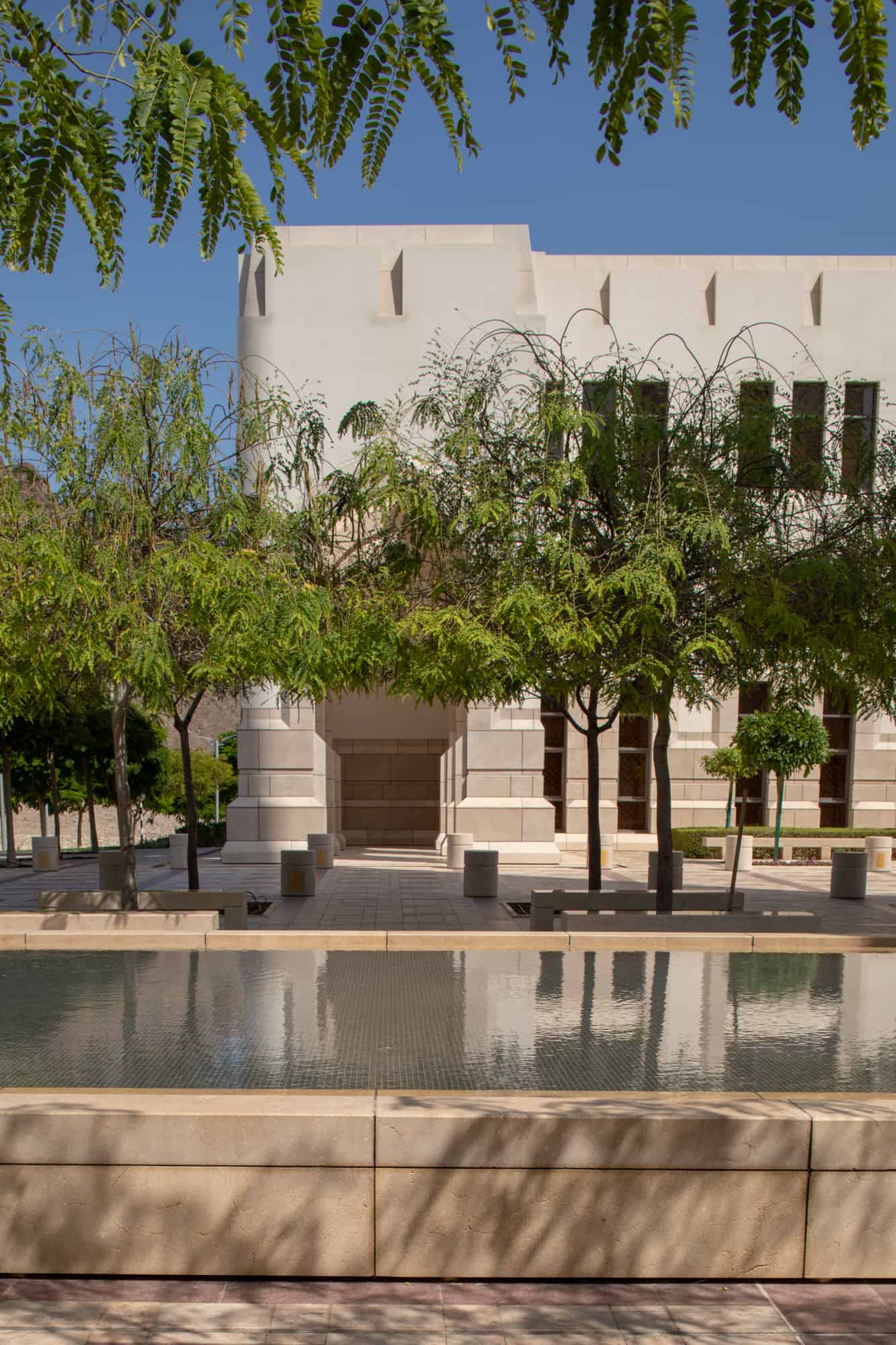
While the defining element of this landscape is its monumental scale, the campus also includes intimate spaces at a human scale. These spaces are important; they are places people use. The result is a sense that the place has life.
One of these places is the Clocktower Courtyard. This important outdoor space is the main point of arrival for VIPs who are going to the main assembly hall. Spilling out from the library, the courtyard connects the parliament halls and prayer hall housed separately.
The thoughtful design and detailing of the vehicle access to the courtyard keeps its distinctly pedestrian character. A uniform stone paving treatment, for example, continues seamlessly between surfaces for vehicles and pedestrians. Carved stone bollards define the extent of vehicle access and the route for vehicles to and from the passenger set-down area.
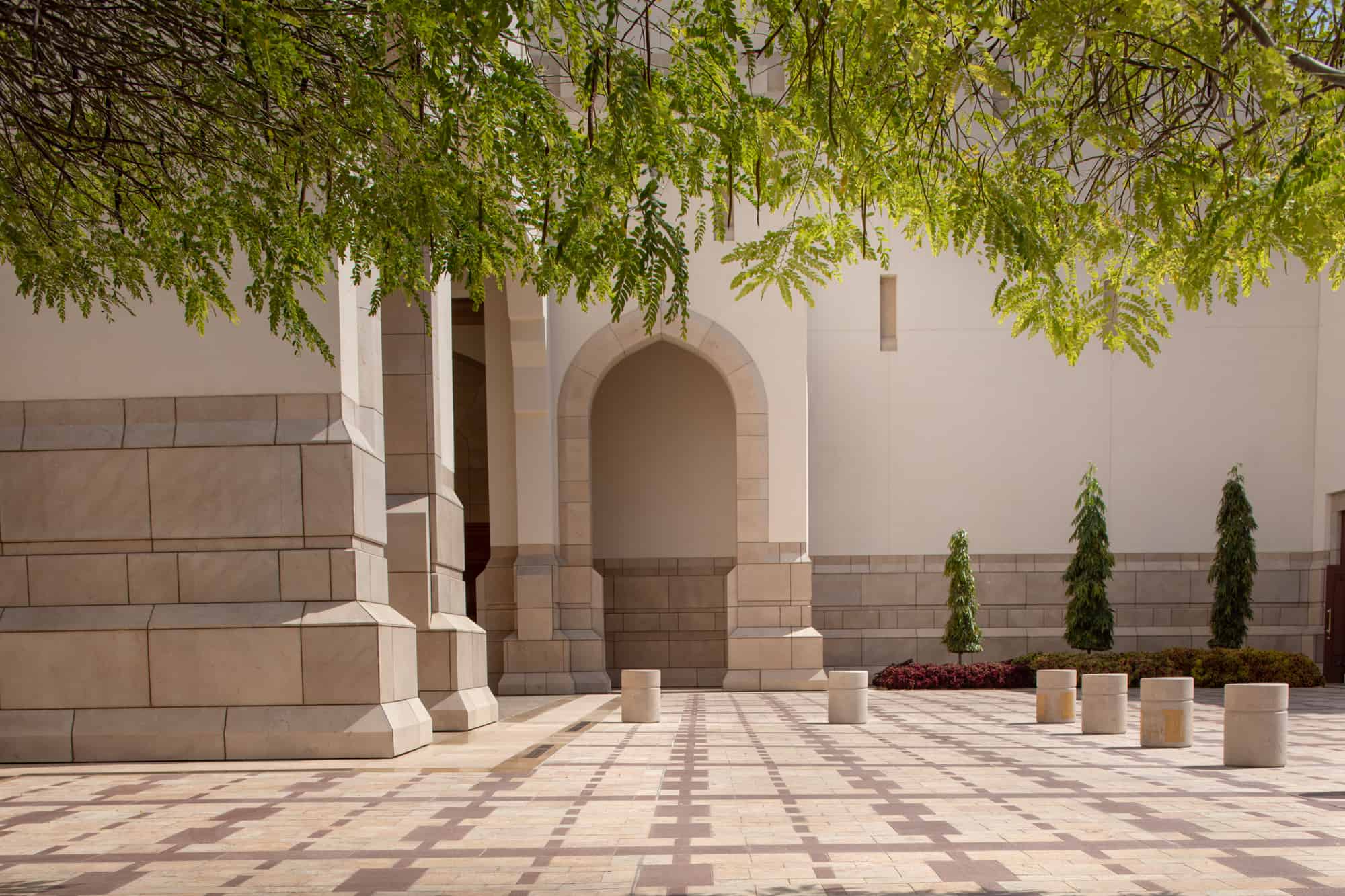
Shading and visually softening this space are canopies of Cassia renigera in a grid arrangement. Their light and feathery foliage guided the choice of these trees, as a way of countering the massive, solid quality of surrounding stone façades.
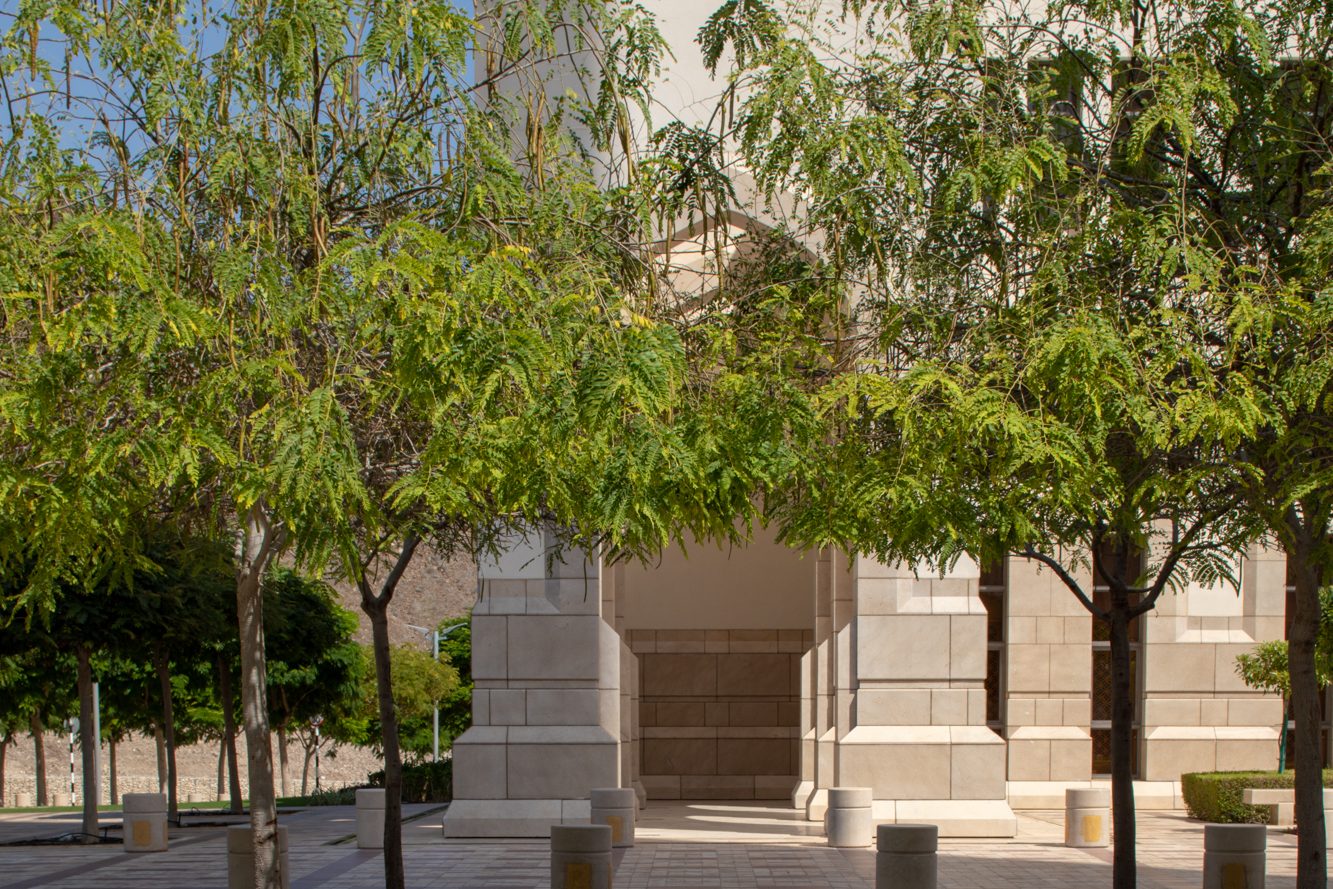
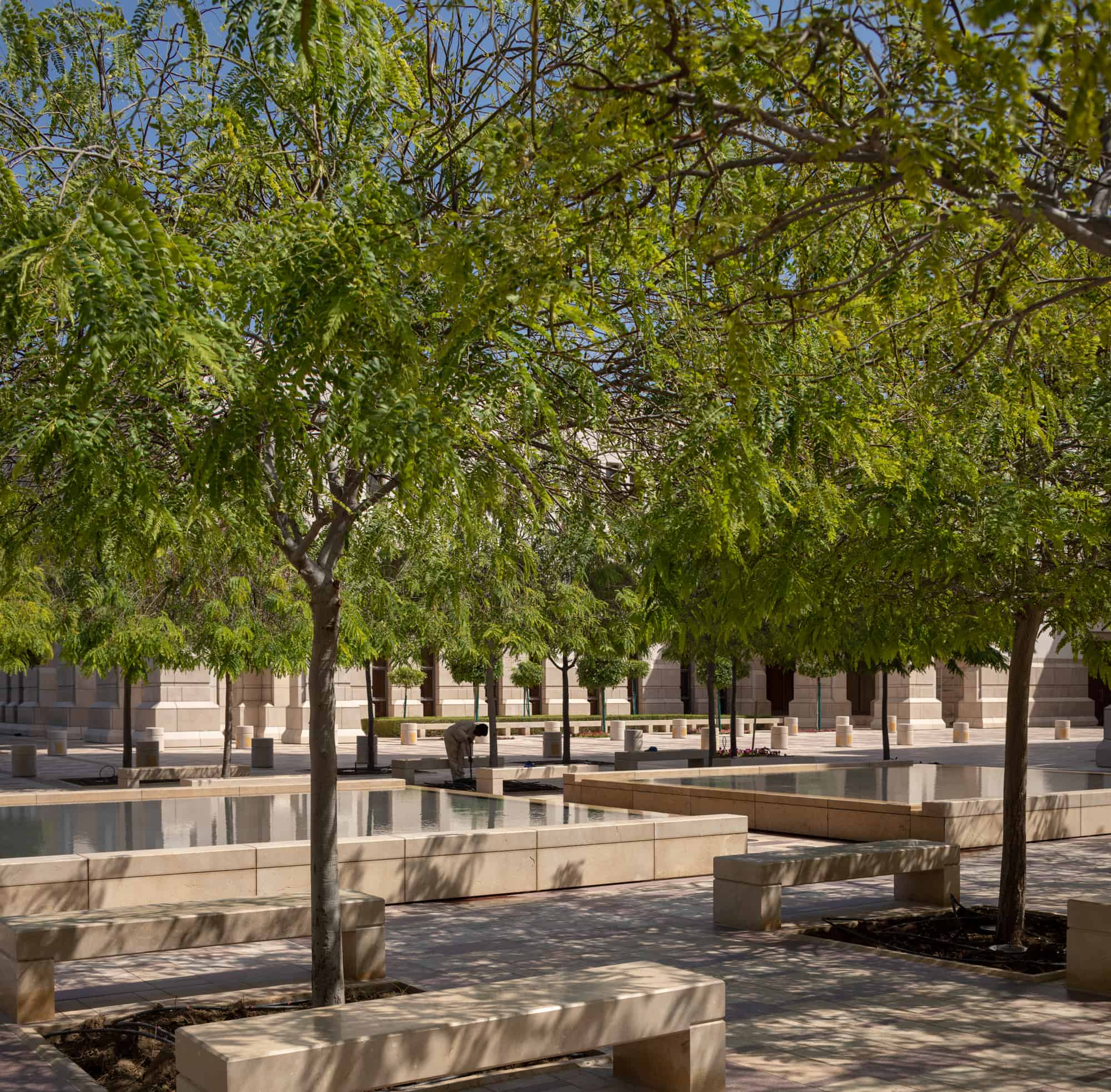
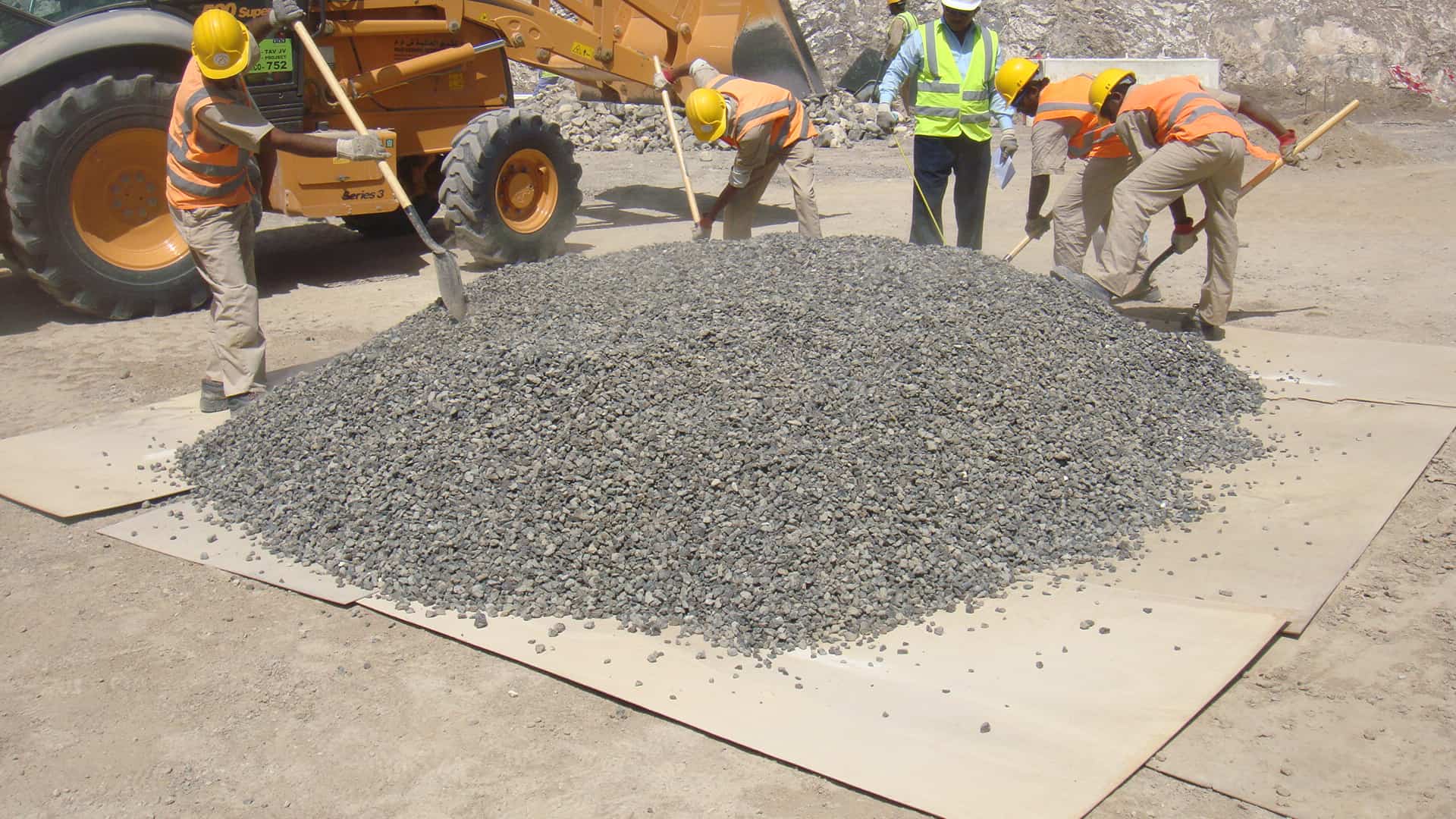
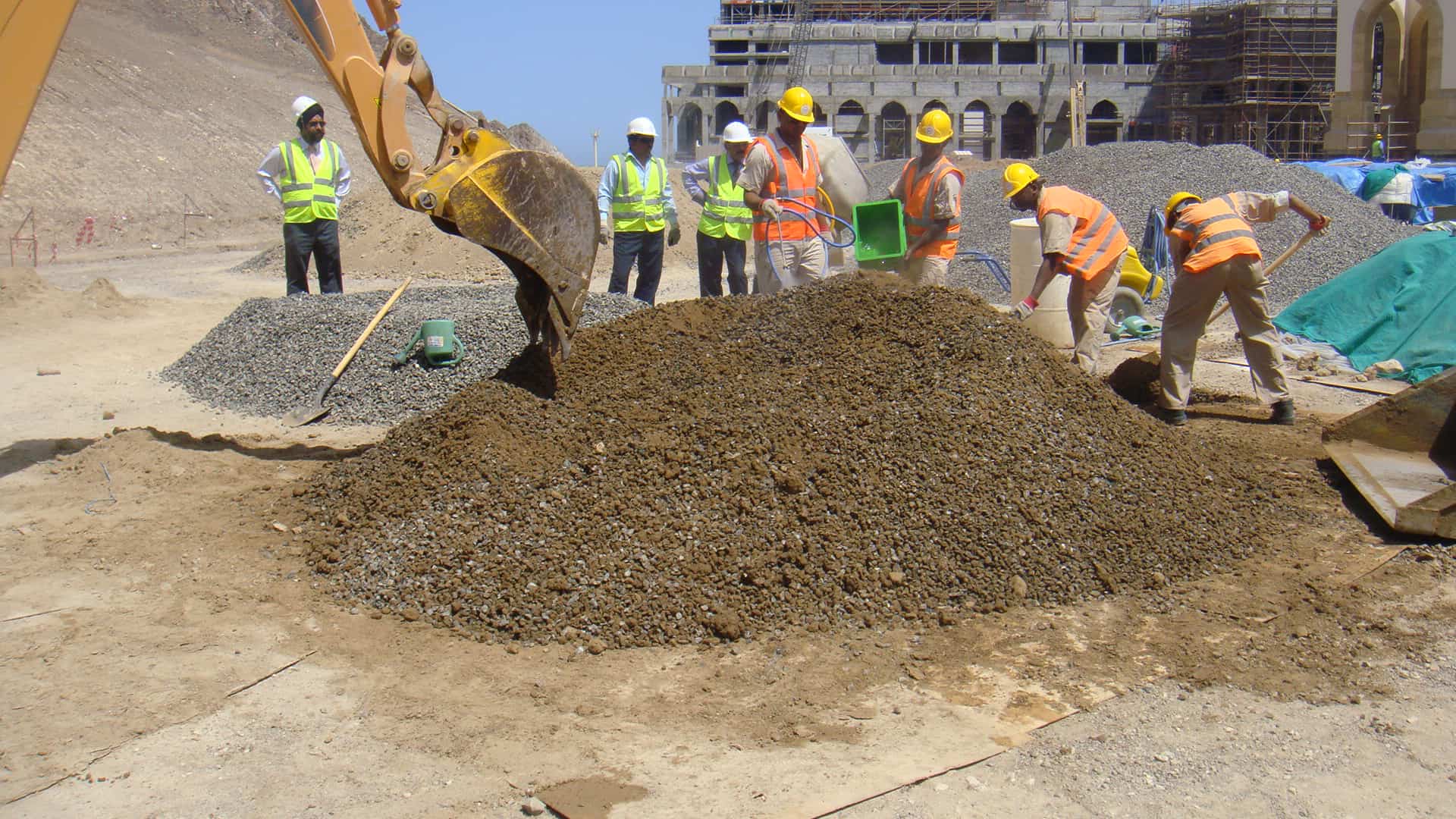
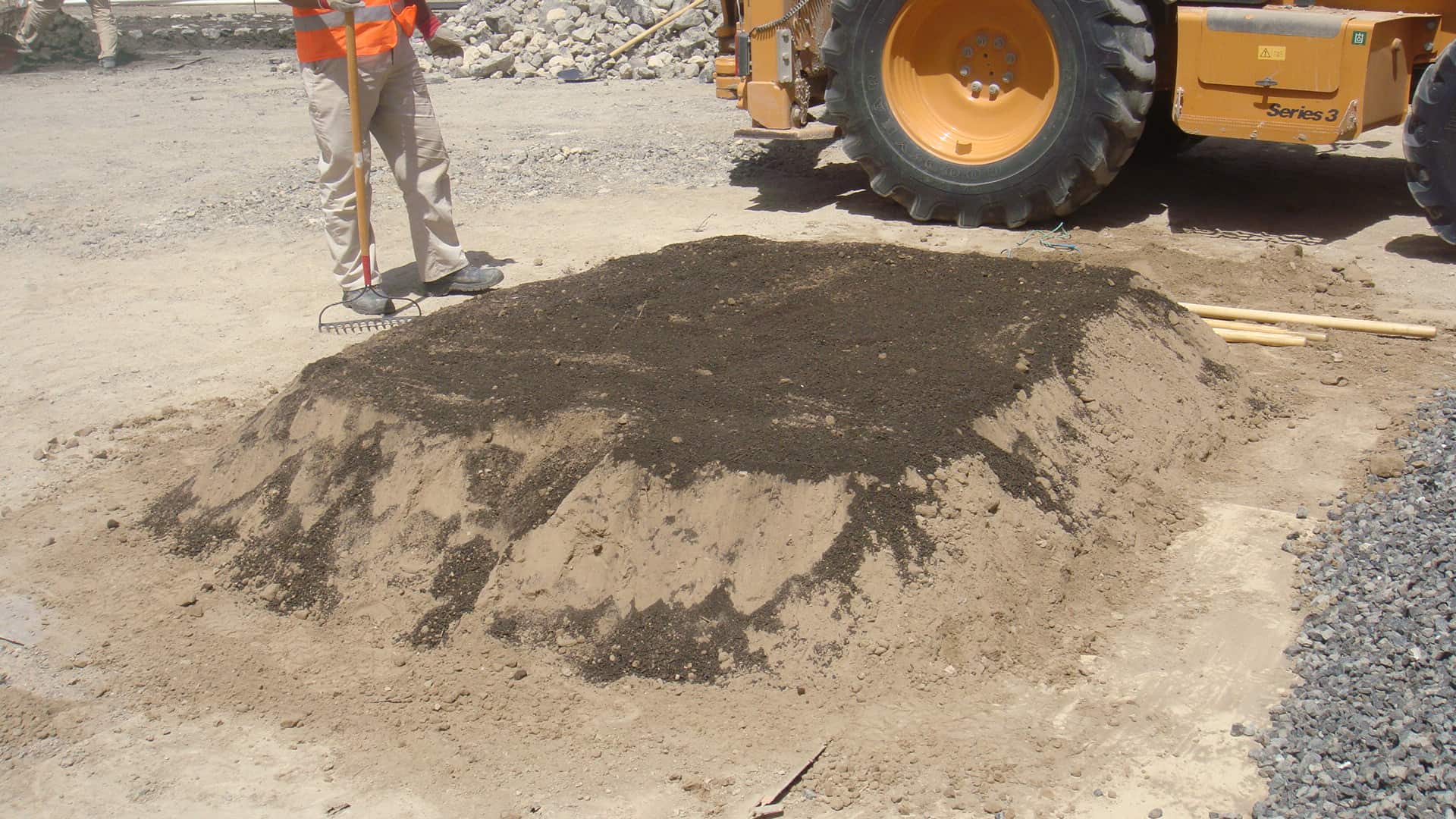
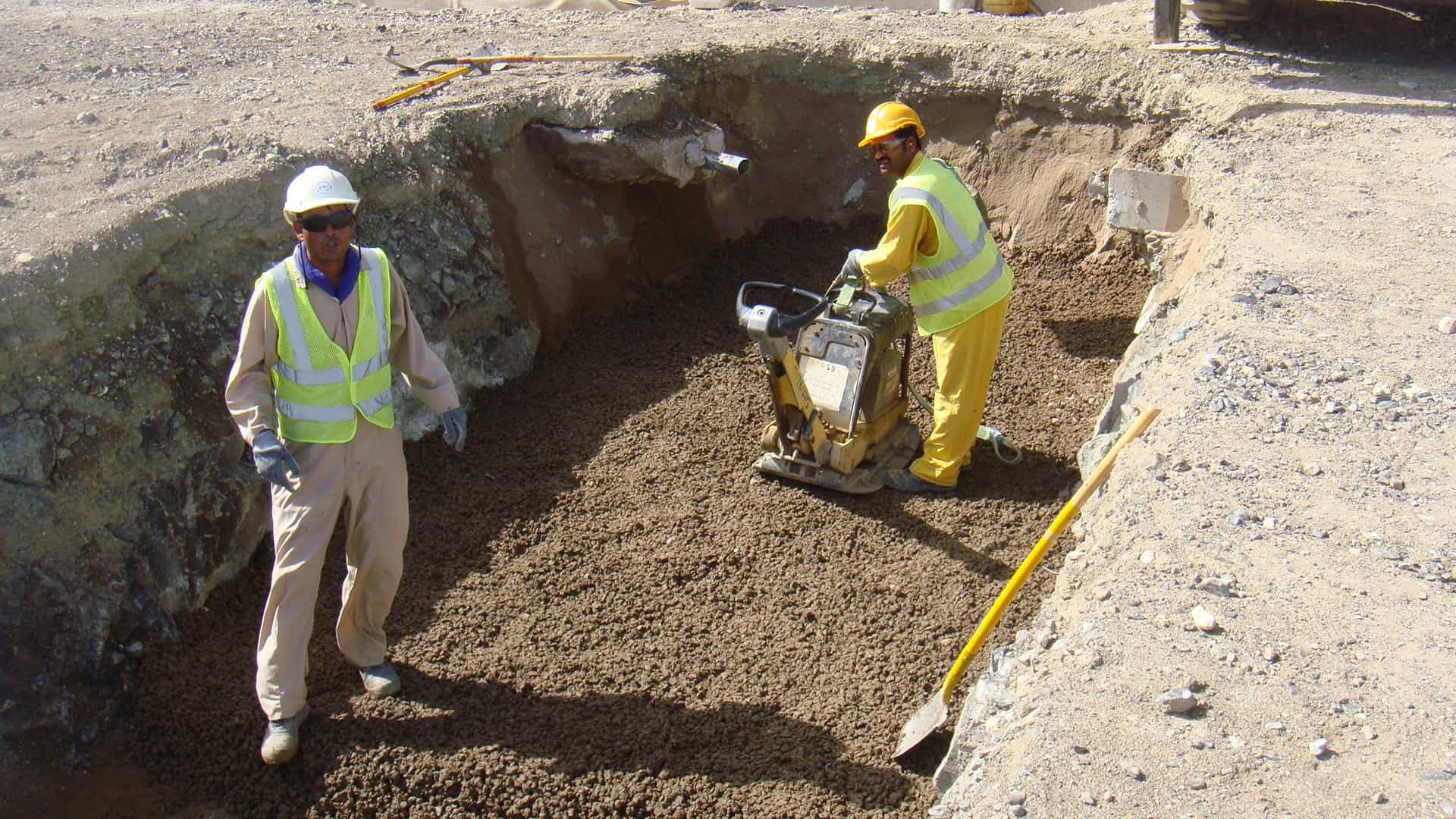
Tree and palms planted in pavement needed special attention to detailing. For this reason, the team formulated a special soil and aggregate mix specifically for this project, making use of a “structural soil” technology for the first time in this country. This method increased the volume of root growing zones under pavements. The greater growing space in turn improves the health of trees and palms, increases their mature heights and protects the pavement from lifting due to root growth.
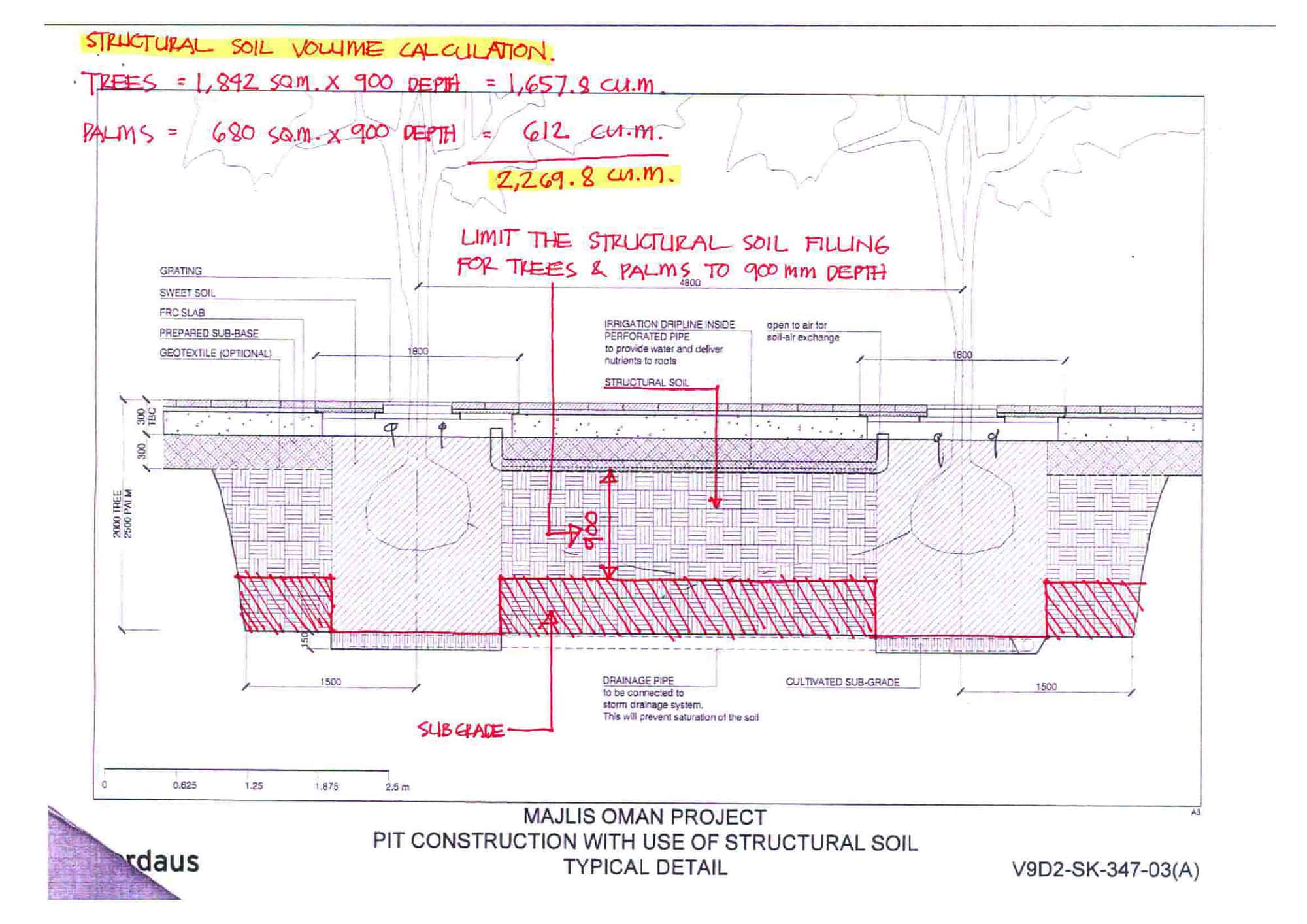
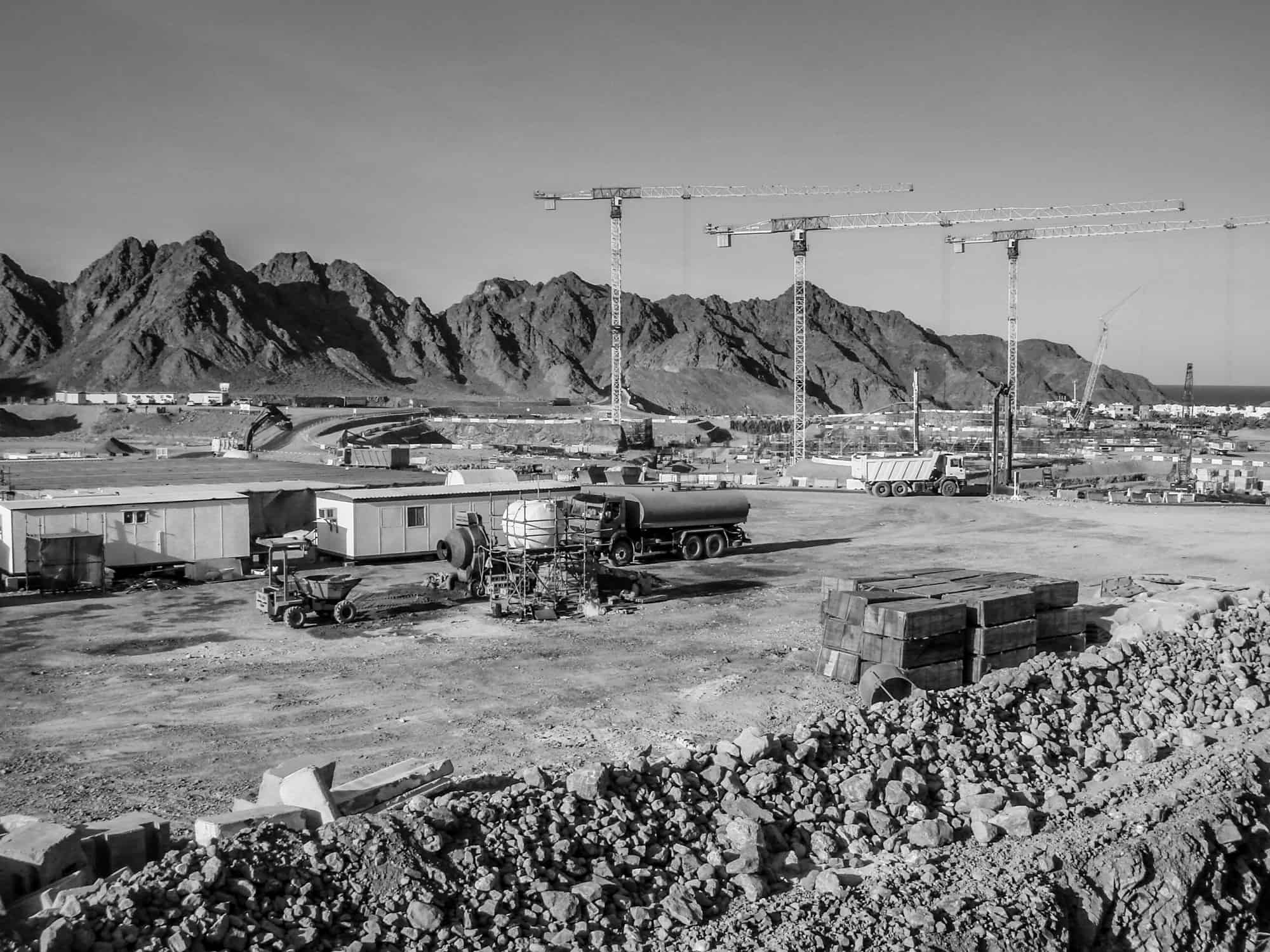
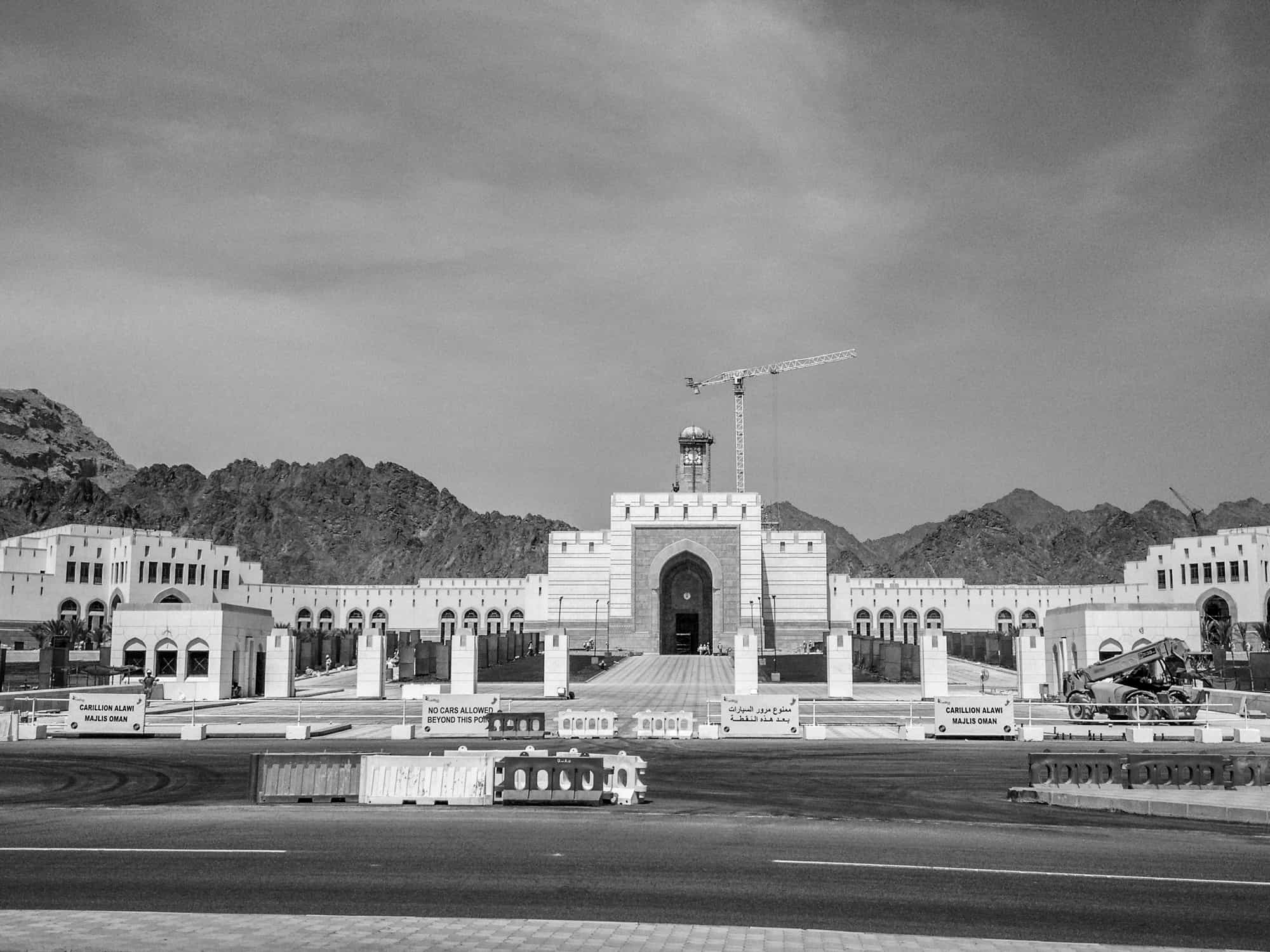
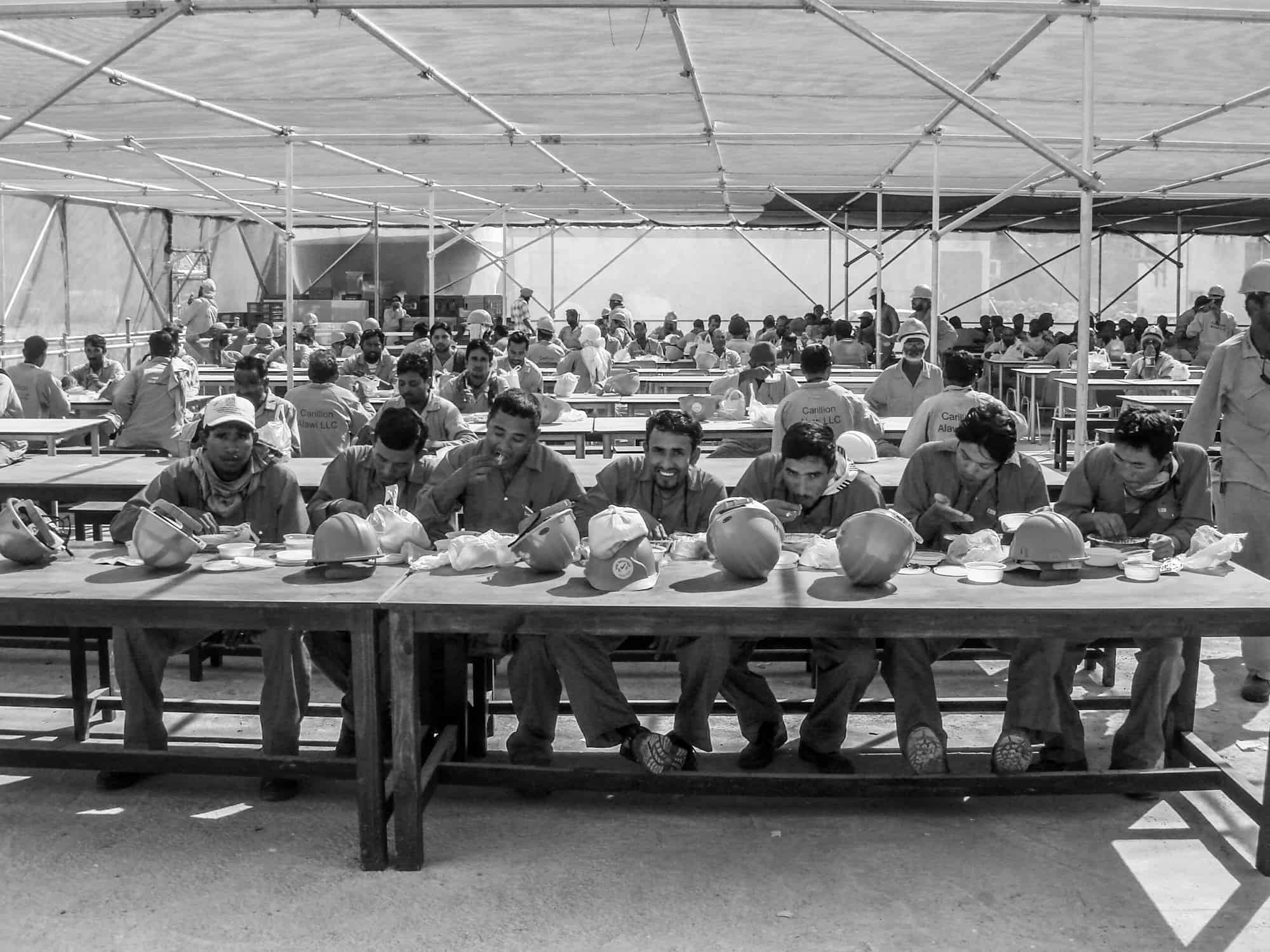
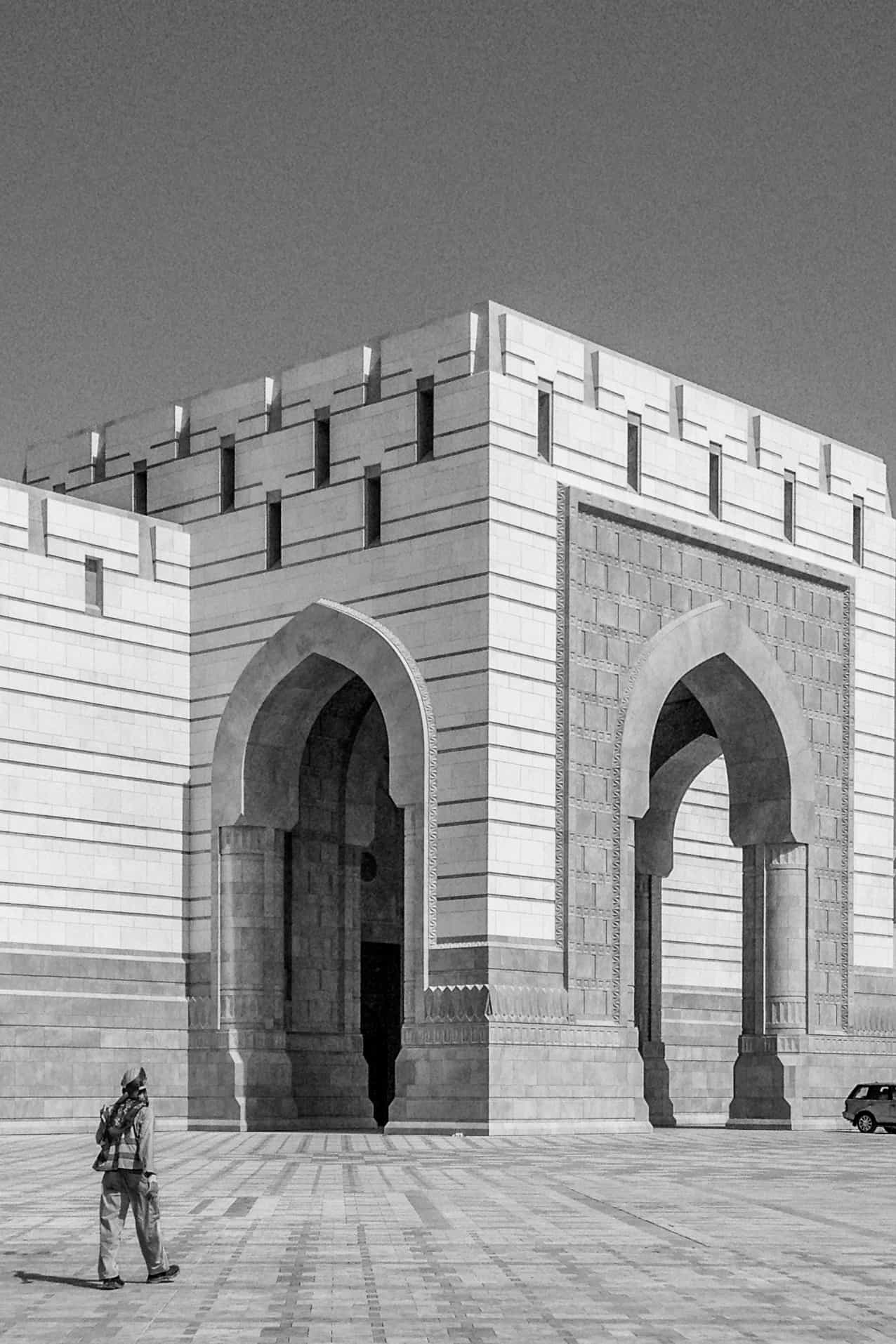
Location
Muscat, Oman
23.5681371, 58.6061275
Muscat, Oman
23.5681371, 58.6061275
Plot Size
20 ha (50 acre)
20 ha (50 acre)
Lead Consultant
Architectural Dept.
Royal Estates
Architectural Dept.
Royal Estates
Studio Team
Tarek Al Sheeti , Reynaldo Casin, Rodel Demafelis, Thomas Hewitt, Santhosh John, Jeffrey Allen Kurtz , Gerraween Ann Paz , Miguelito Pegi, Andre Paul Saladaga, Ian Sandigan, Pierre Smit, Laith Wark
Tarek Al Sheeti , Reynaldo Casin, Rodel Demafelis, Thomas Hewitt, Santhosh John, Jeffrey Allen Kurtz , Gerraween Ann Paz , Miguelito Pegi, Andre Paul Saladaga, Ian Sandigan, Pierre Smit, Laith Wark
Project Owner
Government of the
Sultanate of Oman
Government of the
Sultanate of Oman
Role
Preliminary Design
Preliminary Design
Schematic Design
Detailed Design
Tender Services
Construction Supervision
Detailed Design
Tender Services
Construction Supervision